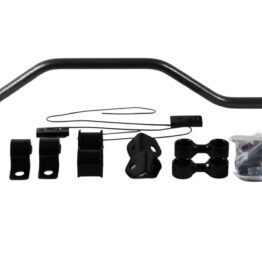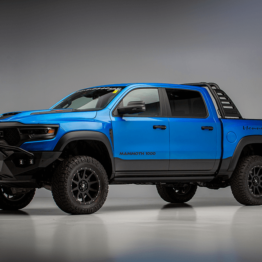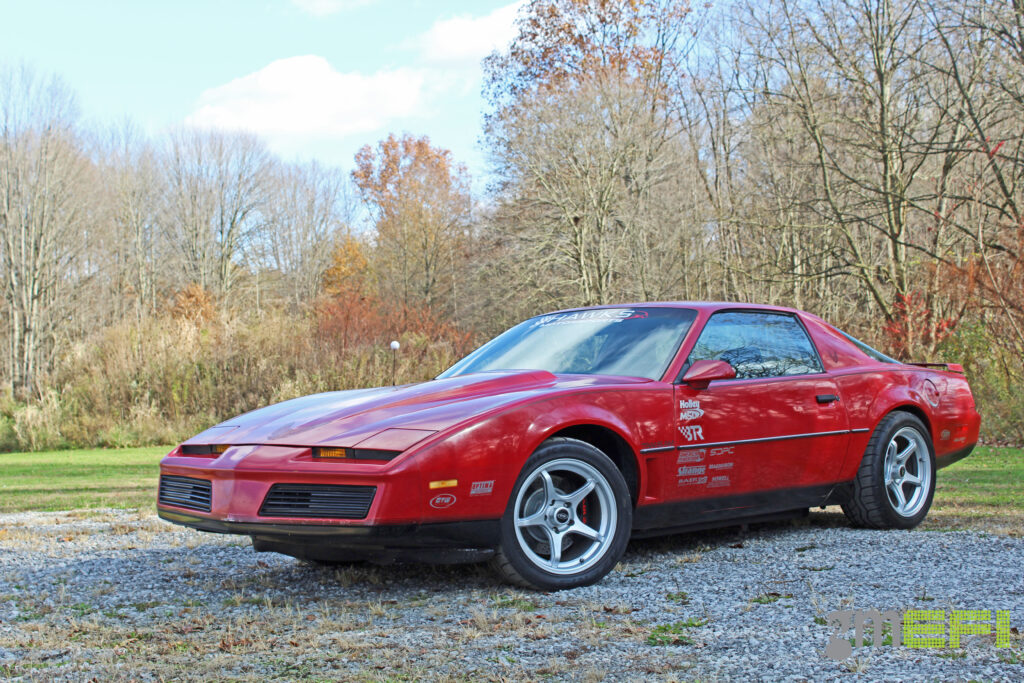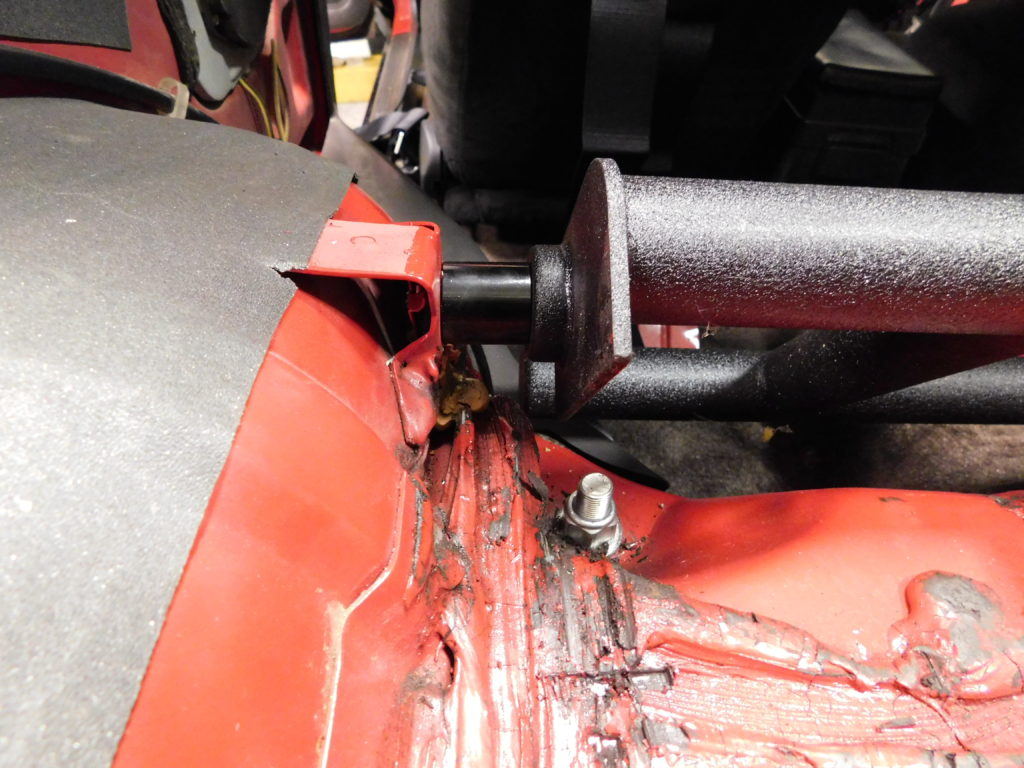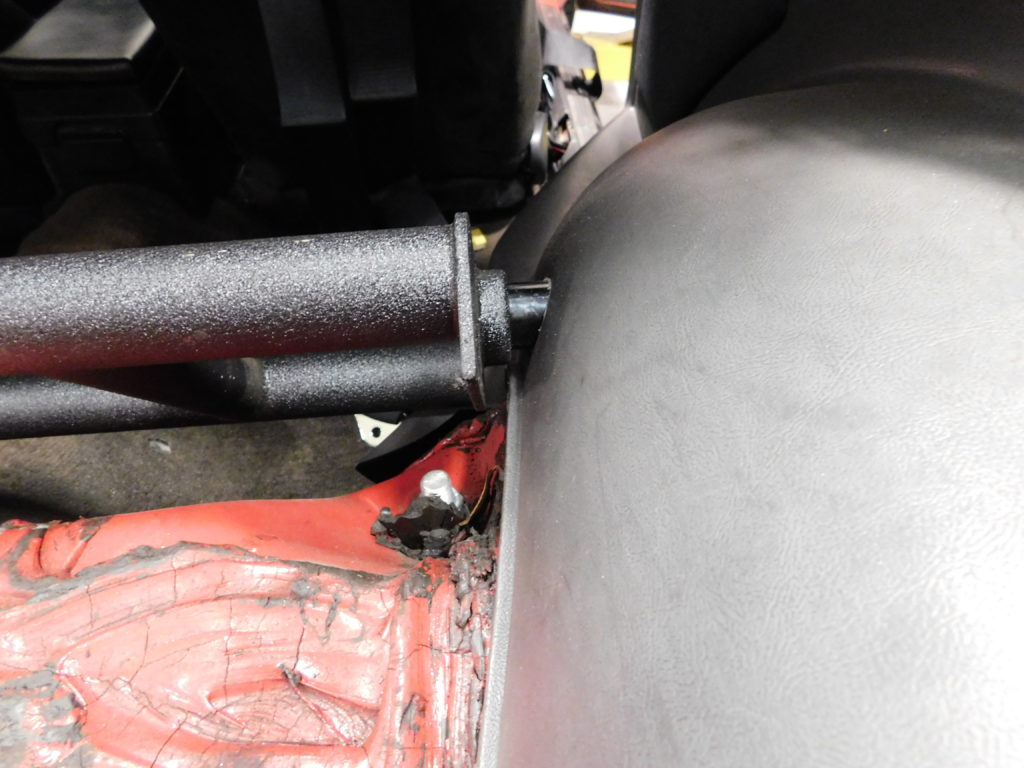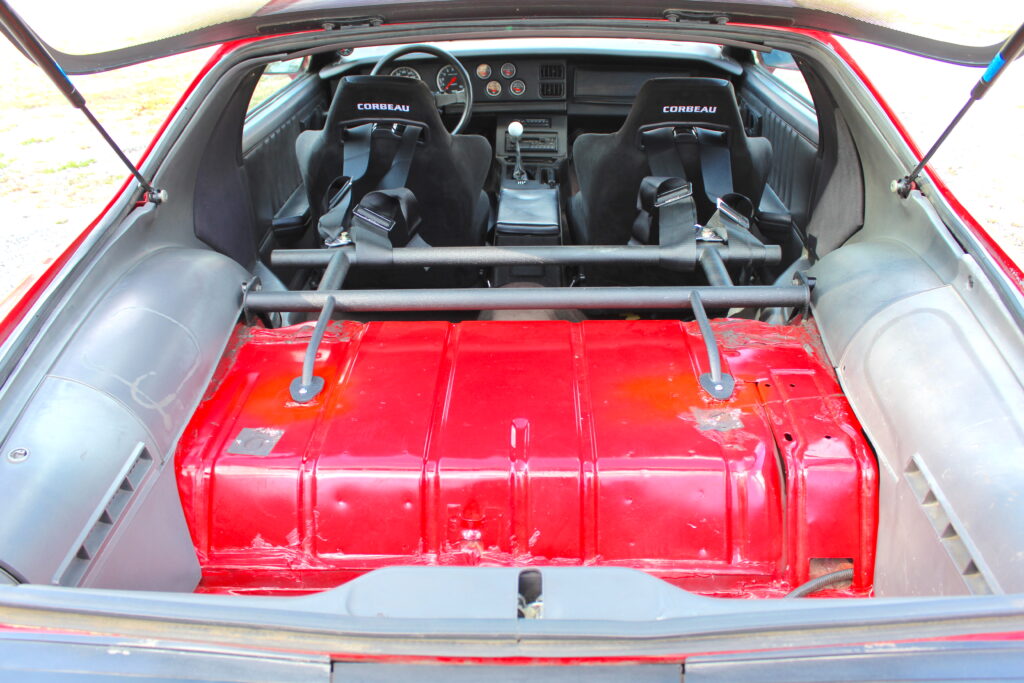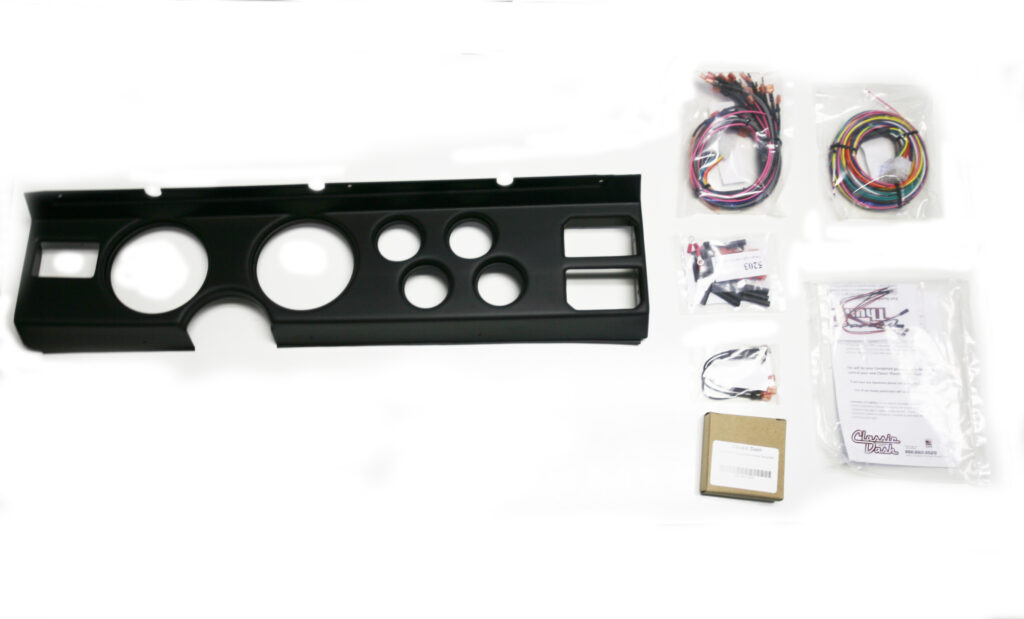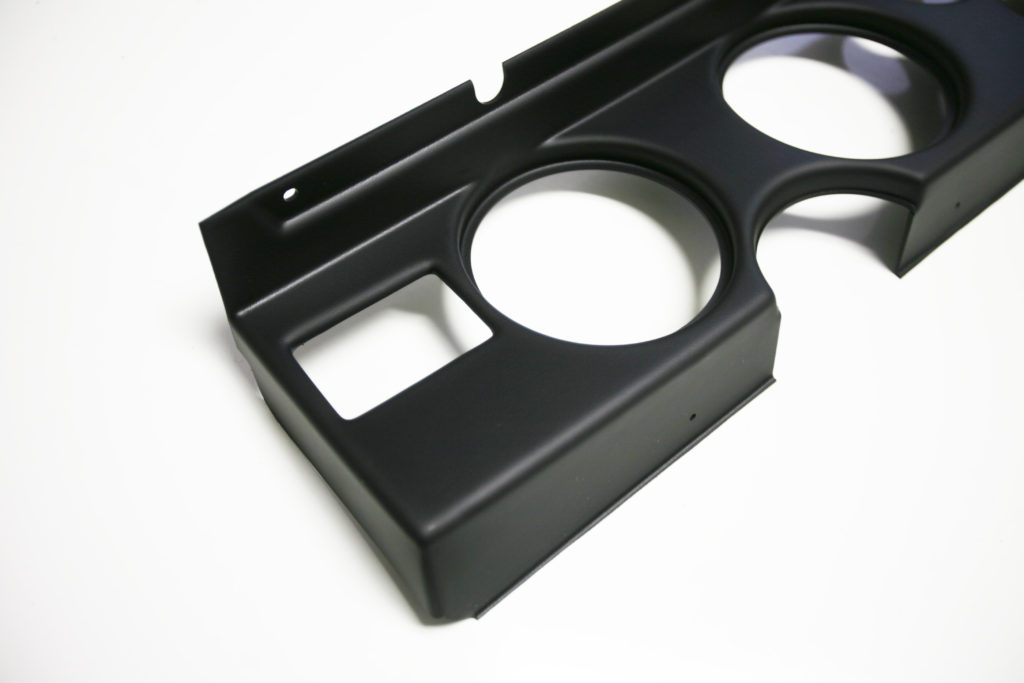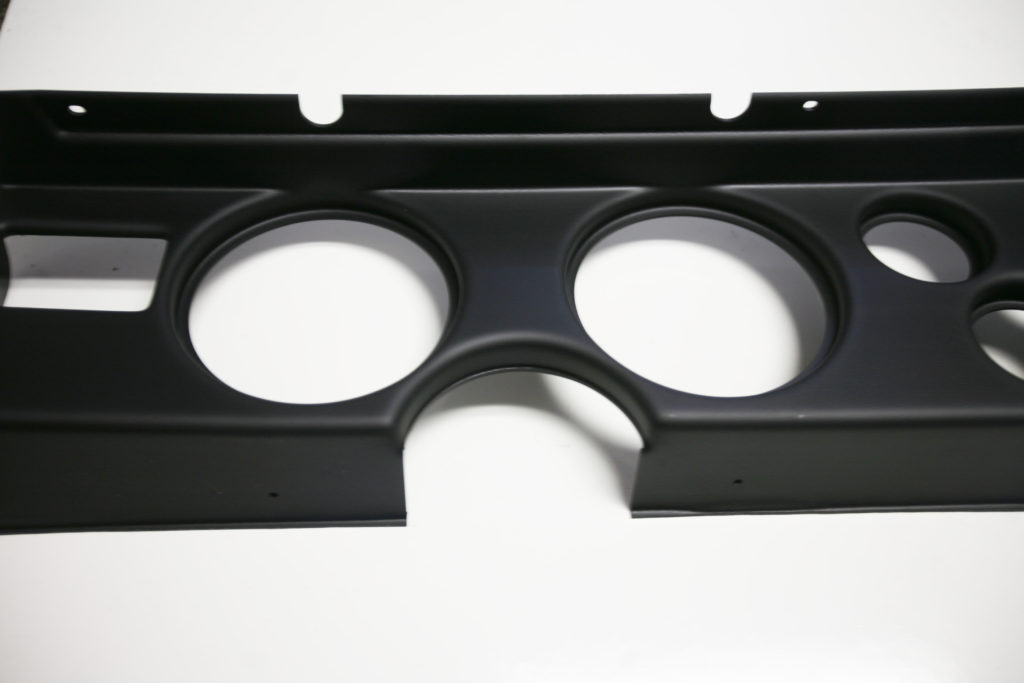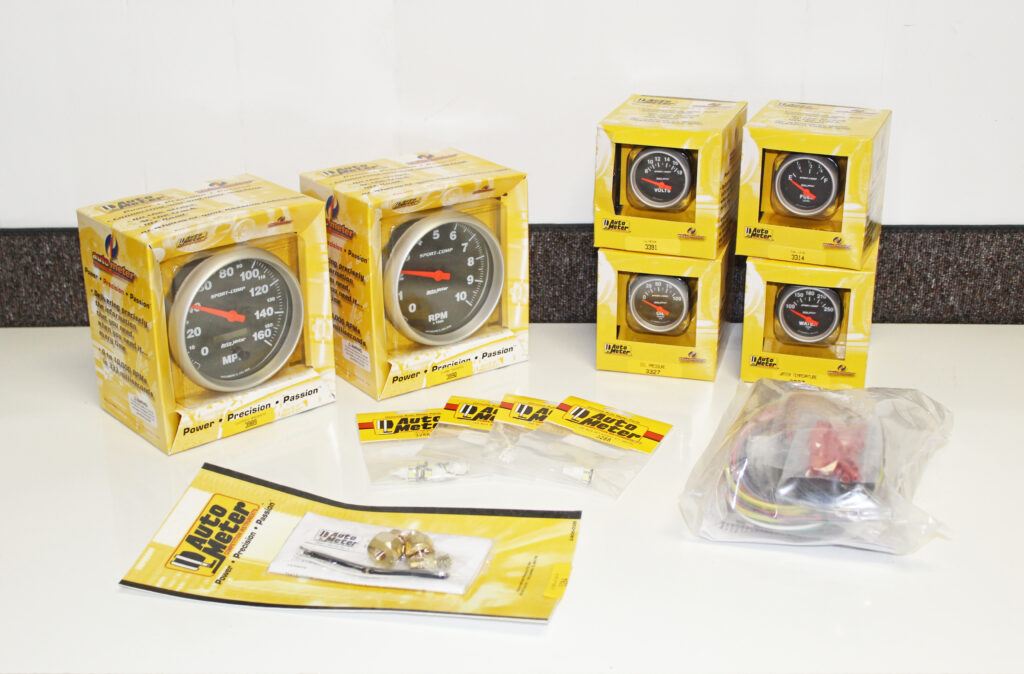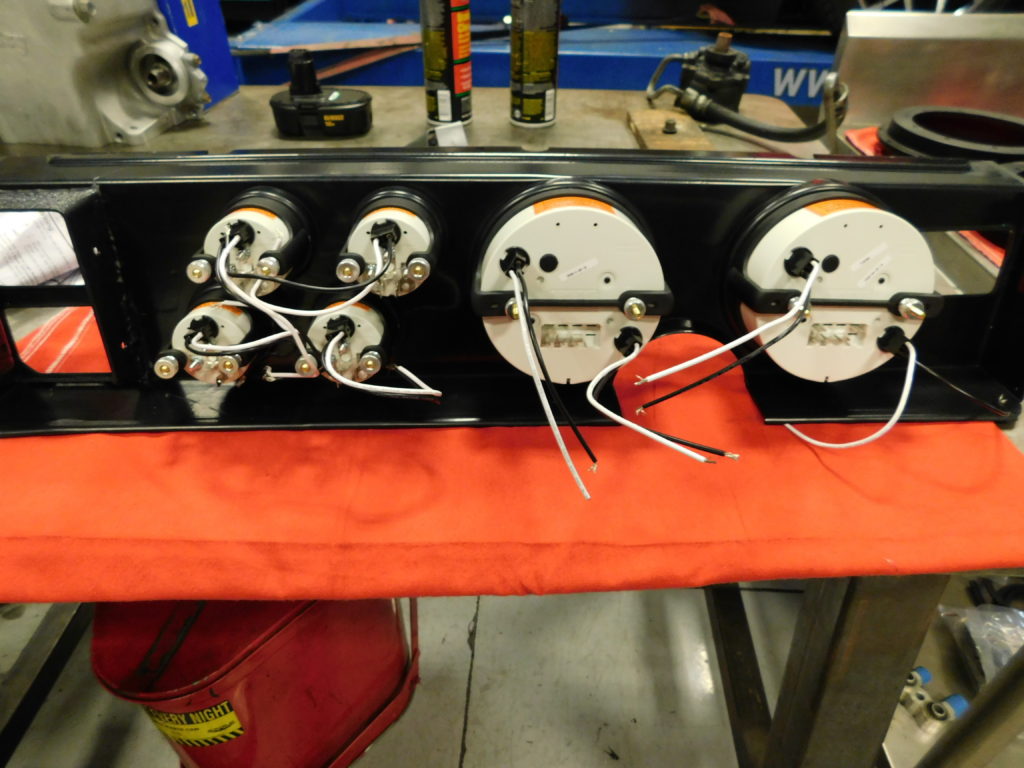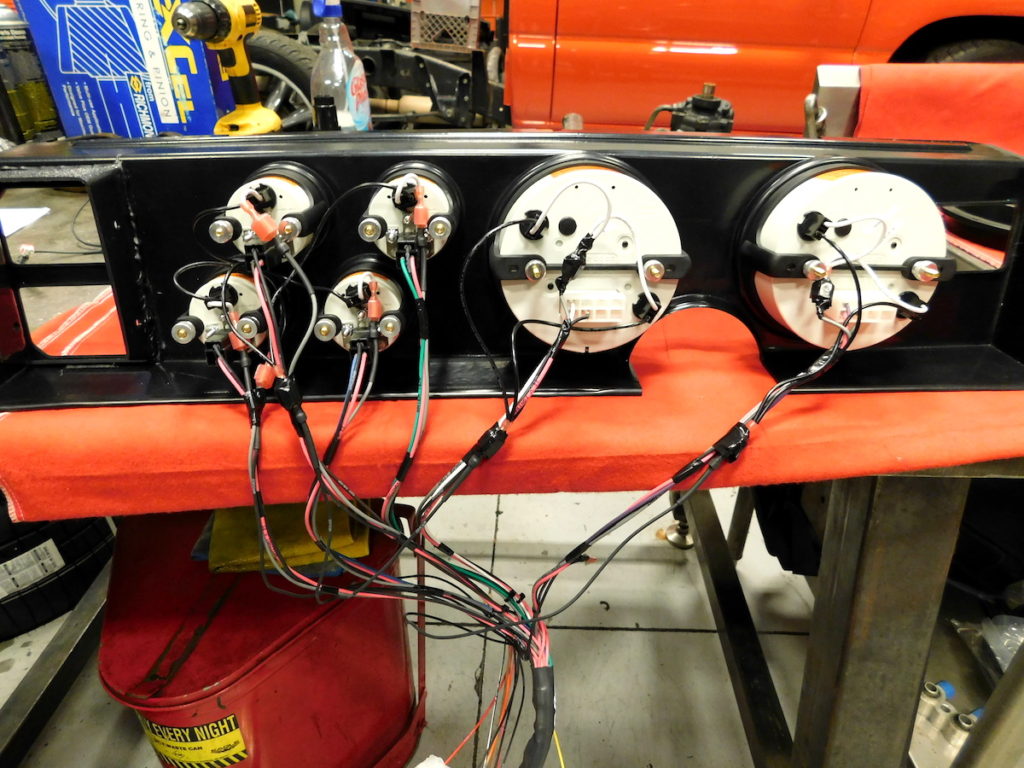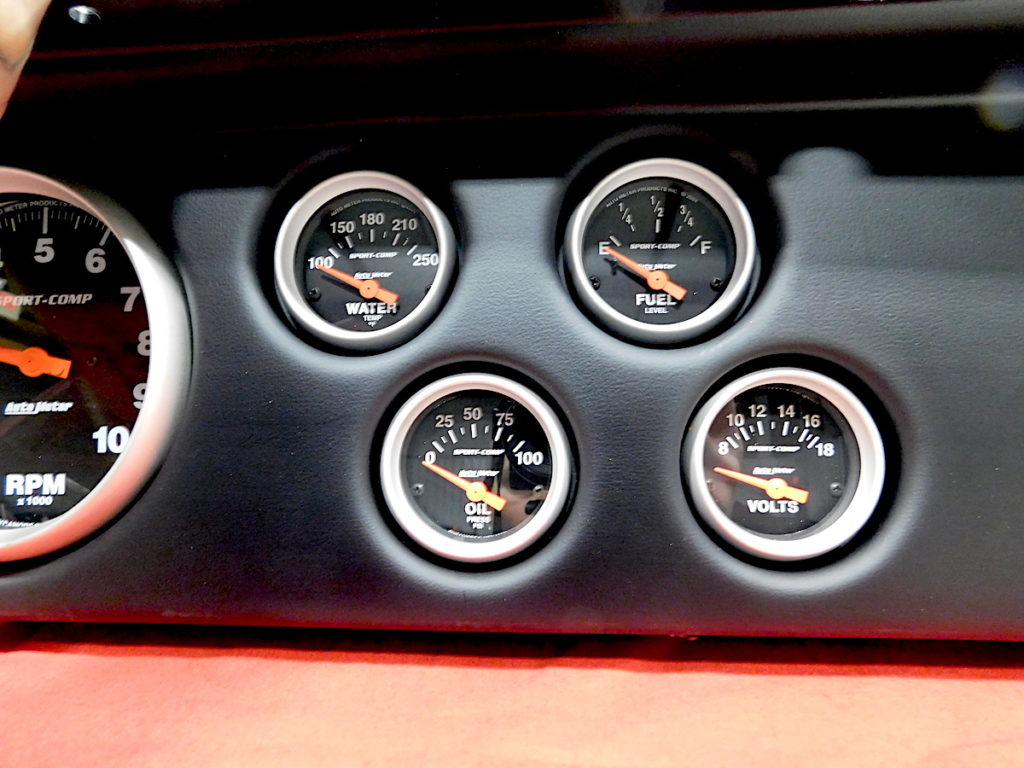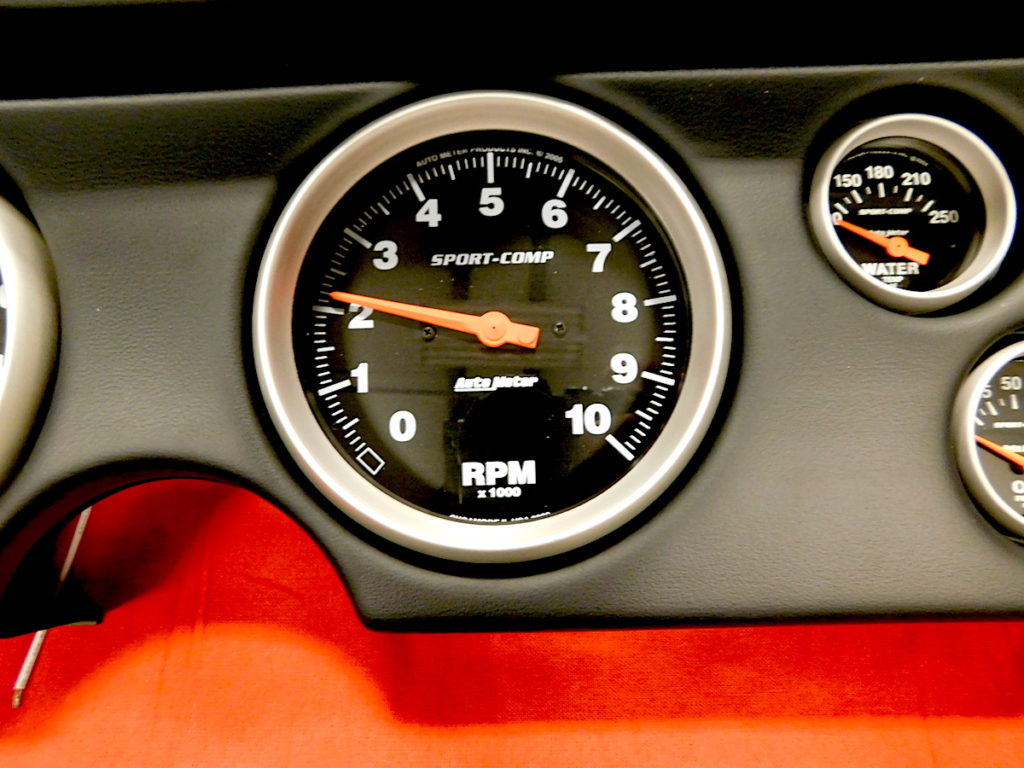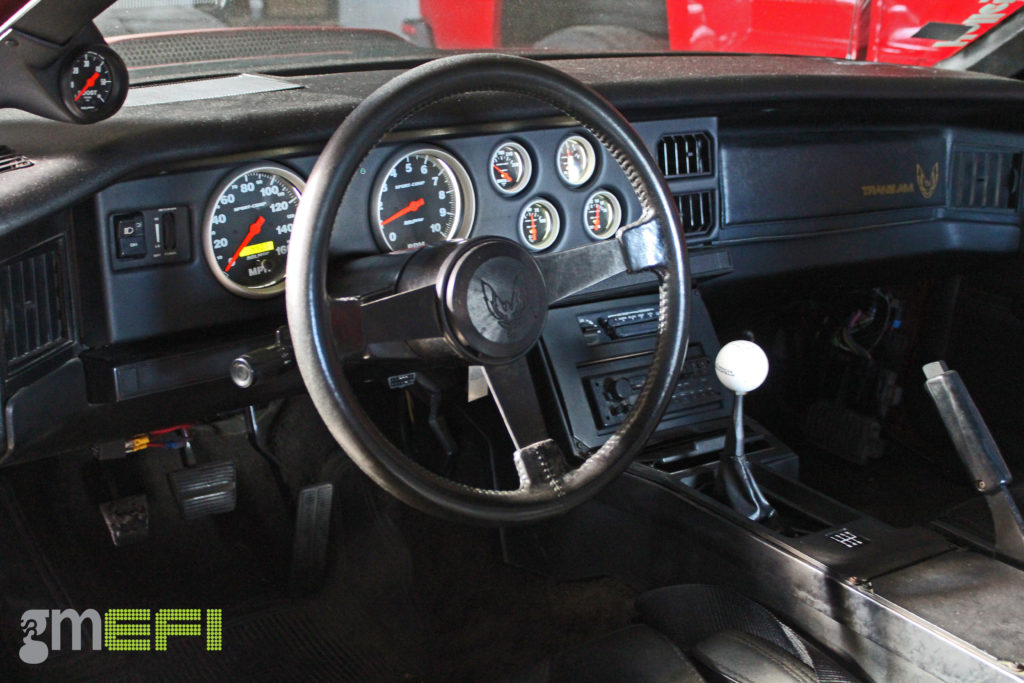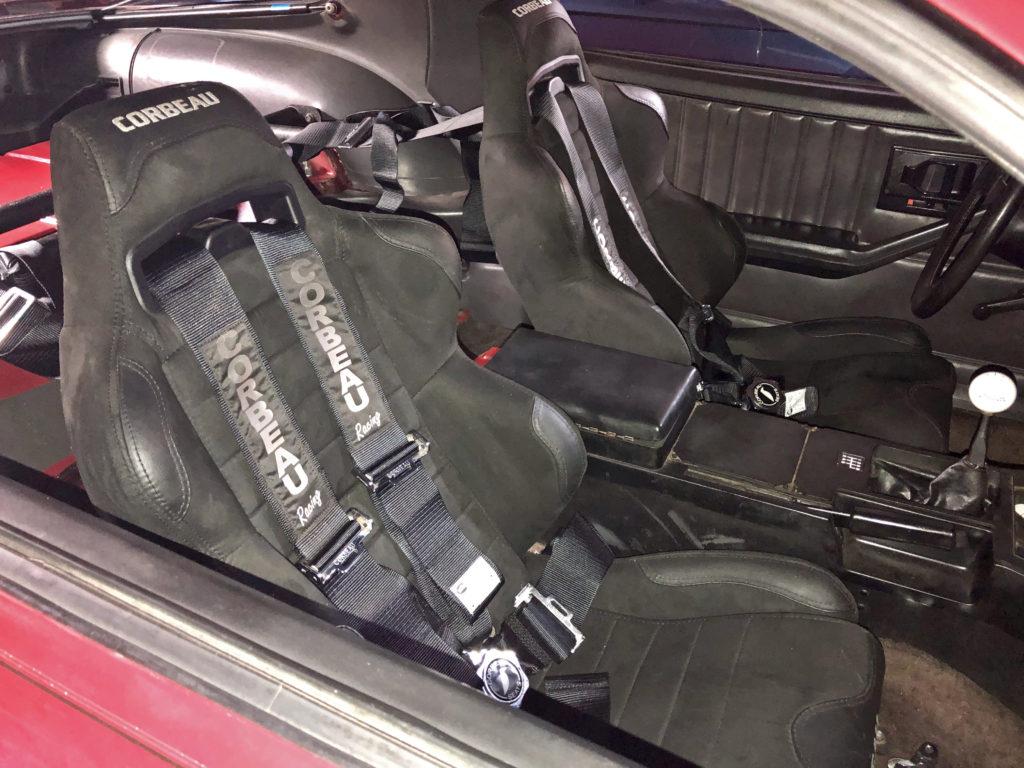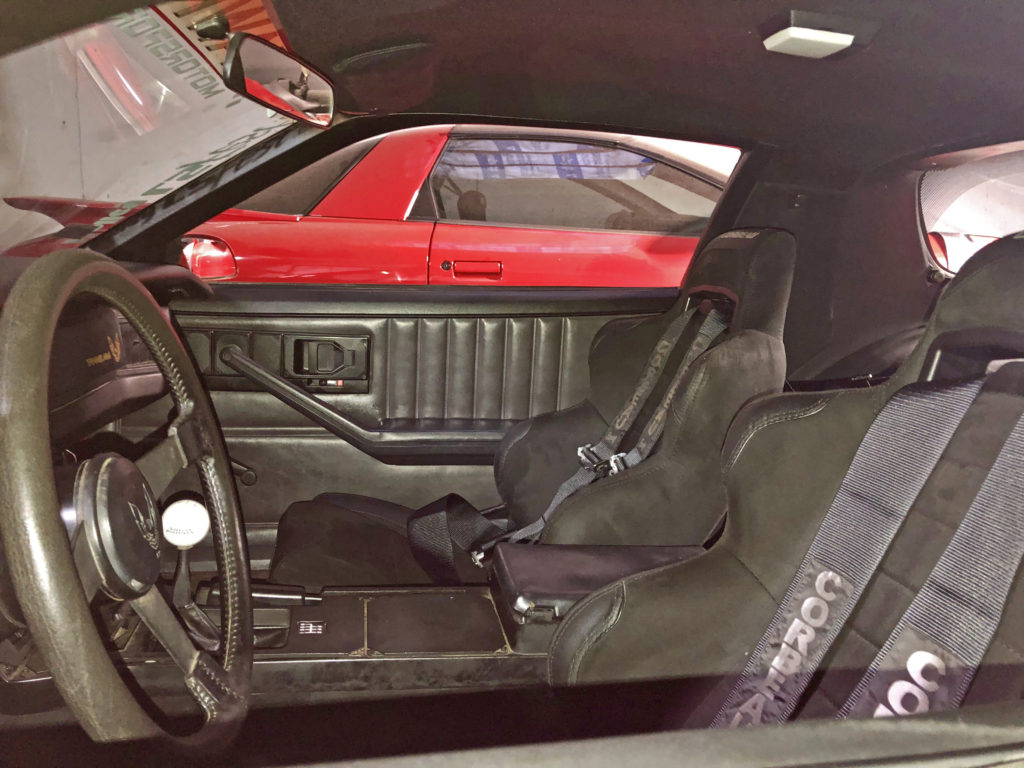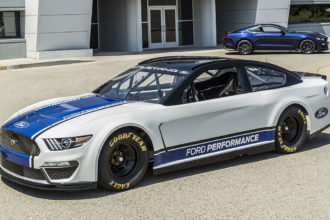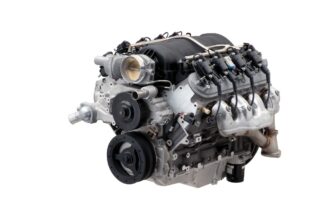photos by: the author and Hawks Motorsports
Project Redrum’s Interior is Finally Completed and Fully Functional
As you read this, Project Redrum has been in the final and/or finished stages of the build for several months. Truth is, we built the majority of the car in such a swift fashion, we quickly had several stories backlogged onto our server to publish. Now that the 2019 racing season has finally cooled off, literally, it’s time to hammer out some more of these long-awaited installments on the car.
In the previous installment, we’ve updated the seats and seat tracks of those from Corbeau. Like we’ve mentioned in that story, we also had a set of 5-point harnesses and a Hawks Motorsports harness bar on the shelf, ready to be installed at a later date. Along the way, we also picked up a set of AutoMeter gauges and a Classic Dash gauge cluster for the car, so we can actually know what’s going on under the hood. The factory gauges were OK, for a stock 305, back in 1984. These days, however, they just don’t cut the mustard. In addition, we had some wiring demons that we simply couldn’t chase down.
Unfortunately, with other ongoing projects in the shop and around the office, we simply didn’t have the time to handle the work ourselves. So we enlisted the help of our friends to iron out the final details for us this time. Who better than to tinker on an LS-swapped third-gen than Hawks Motorsports? They’ve built several 3rd-gens for their personal enjoyment, as well as countless others for their customers — many have already been featured on this site in the past. I mean, they’ve specialized in third- and fourth-gen F-bodies for over two decades, so to them, this should be a walk in the park.
While in town, it was also strapped down and dyno-tuned for its final pump-gas friendly dyno numbers, and just in case you’ve missed it, you can read about it HERE.
Picking Up Where We Left Off — Corbeau Seats/Harnesses
So starting with the obvious, let’s pick up where we’ve left off on the car last time; the front seats. Although the Corbeau LG1 seats looked amazing and supplied more than adequate support, the Corbeau seat brackets intended for the ’82-92 Camaro/Firebird sat a little higher than what we’ve would have liked. The initial plan was to modify them to work to our personal liking, but Bruce Hawkins had a better solution; simply swap them out for fourth-gen versions from Corbeau.
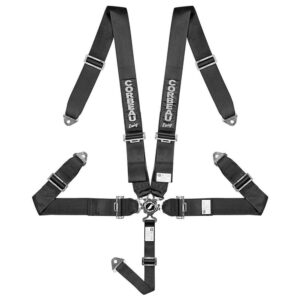 As it turns out, the fourth-gen seat brackets mount directly in the same location, however, they provide a lower sitting position height, which is perfect for average height to taller drivers — plus room for your helmet.
As it turns out, the fourth-gen seat brackets mount directly in the same location, however, they provide a lower sitting position height, which is perfect for average height to taller drivers — plus room for your helmet.
Your author being 5’11, the top of my helmet was about 1/8 of an inch below the headliner while wearing it, and sitting behind the wheel with the 3rd-gen brackets. That’s not to say the 3rd-gen intended seat brackets from Corbeau are flawed in any way, they just would work a little better for shorter to average height drivers while wearing a helmet.
We also wanted to yank out the front factory seat belts (the rears were ditched a long time ago with the rear seats) to install the Corbeau harnesses. Trouble is, we never mounted a roll bar in the car. However, while Redrum was in Hawks’ shop, we had them install one of their own Sinister harness bars — which not only allows you to mount your harnesses, but lends a bit of body rigidity to the chassis.
Designed for the ’84-92 Camaro and Firebird, they’re not a a direct bolt-in, but it’s very easy to locating the mounting points, and two of the mounting holes already exist. Our ’84 needed a hole drilled out for the driver’s side rear wheel well to mount securely, as well as two small plates welded onto the trunk shelf. With the hardware included with the bar, installation couldn’t have been easier, and there are holes pre-drilled on the bar for your harnesses.
It also should be said that the bar can’t be used if your back seat is in place and folded in the upright position. If you want or need back seat passengers, you’ll have to remove the bar. Again, since we ditched the rear seats prior to installation, we’re not too worried about it.
The bar itself is made from a strong steel construction, and features a handsome black hammertone finish. It’s a solid piece that serves as the perfect solution for those who need to mount their harness, but would rather not install a roll bar into their vehicle.
When installed, and with all of the rear interior trim back in place, the harness bar looks right at home as if it were born to be there.
Classic Dash Gauge Cluster/AutoMeter Gauges
Man, this was a long time coming! We’ve already driven this car countless times up to this point, but we had no idea about anything that was happening under the hood — if we relied solely on our gauges, that is. The mechanical gauges simply didn’t work with our modern engine, and besides, they were ill-equipped to keep up with the revs, speed and any real insight on important things like engine temp, oil pressure and so on.
That being said, the timing couldn’t have been more perfect, because our friend Greg Wambold, and his talented staff at Classic Dash were in the middle of announcing a gauge cluster panel specifically intended for 1982-84 Pontiac Firebird and Trans Am. Where the OEM design was fine for general things like speed and revs, the Classic Dash piece takes everything to the next level.
The Classic Dash gauge panel is molded in UV resistant plastic for longevity and durability — so if you live in sunny Florida, West Coast or on the South West, like where our car was originally from, you won’t have to worry about the panel cracking or warping overtime from the immense heat or sunlight rays. They’re also available in brushed aluminum and carbon fiber as well. They mount directly in place of the OEM gauge cluster, so there isn’t any additional drilling or modifications needed to be made.
As a nice touch, they include the cutouts for the heat/AC vents for proper cabin climate control. We point this out, because we’ve seen many “custom” gauge panels over the 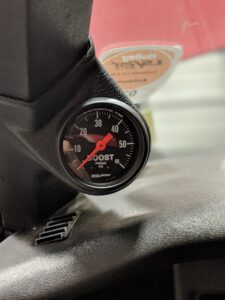 years that completely omit this feature, and to see one that actually takes driving comfort into mind is a welcome bonus.
years that completely omit this feature, and to see one that actually takes driving comfort into mind is a welcome bonus.
A much more obvious benefit that comes with this upgrade, are the additional gauge holes that allow you to mount things like the water temp, volt meter, oil pressure and so on — something the stock cluster simply didn’t have. The Classic Dash cluster is available bare for $279, or can be ordered complete with everything you need; from the AutoMeter gauges, to the wiring harnesses and sending unit for as little as $700 — depending on which version of the AutoMeter gauges you spec for your car.
We ordered the complete kit, with the Sport-Comp, black faced package, that provide the perfect balance of accurate reading, but with an era-correct appearance for our 1984 Trans Am. While we were at it, we had the Hawks team hook up our AutoMeter boost gauge and A-pillar pod.
If you would rather order the gauge panel bare, and spec your own gauges, you can do so. For those of you who are wondering, the gauge pod sizes are below:
• 5″ Speedometer
• 5″ Tachometer
• 2-1/16″ Fuel Level Gauge
• 2-1/16″ Oil Pressure Gauge
• 2-1/16″ Water Temperature Gauge
• 2-1/16″ Volt Gauge
Below, you can see how the finished product looks in the car. The odometer is a digital gauge that illuminates in green, while the gauge readouts feature LED backlighting, which fully illumines the gauges while driving at night, with the digits in large, bold face font so they’re easy to read while on the track .There are a huge advantage over the factory gauges that were barely legible.
Final Details
At this point there wasn’t much left to handle in the interior, other than replace the passenger side A-pillar trim piece clips and install a 6-speed shift indicator on the council — which we also ordered from Hawks. The idea for the whole car was to focus on function, rather than aesthetics, unless certain components were so unsightly that they warranted a replacement. We wanted to maintain the overall patina of the car, inside and out, but anything that was required to actually function would need replaced if it was broken or missing.
So while you may notice the faded factory carpet and slightly imperfect center console, we did replace the headliner, sun visors and dash pad which were absolutely destroyed upon the car’s acquisition, in an earlier installment. The original door panels are still in place and look nearly perfect, and we just can’t ditch the factory steering wheel — it’s just way too cool. The only piece of the puzzle that may be addressed in the future is the car’s audio system, though who needs music when you have a 700hp soundtrack to hum along with?
Now we should clarify that this isn’t the last you’ll see of the car, not by a long shot. We still; have to dig deeper into the underwood mechanicals and address the brakes and suspension. You’ll see those soon, in future installments of GMEFI Magazine.

Rick Seitz is the owner and founder of AutoCentric Media, and has a true love and passion for all vehicles; GM, Ford, Dodge, imports, trucks — you name it! When he isn’t clacking away on his keyboard, he’s building, tuning, driving or testing his current crop of personal projects!




